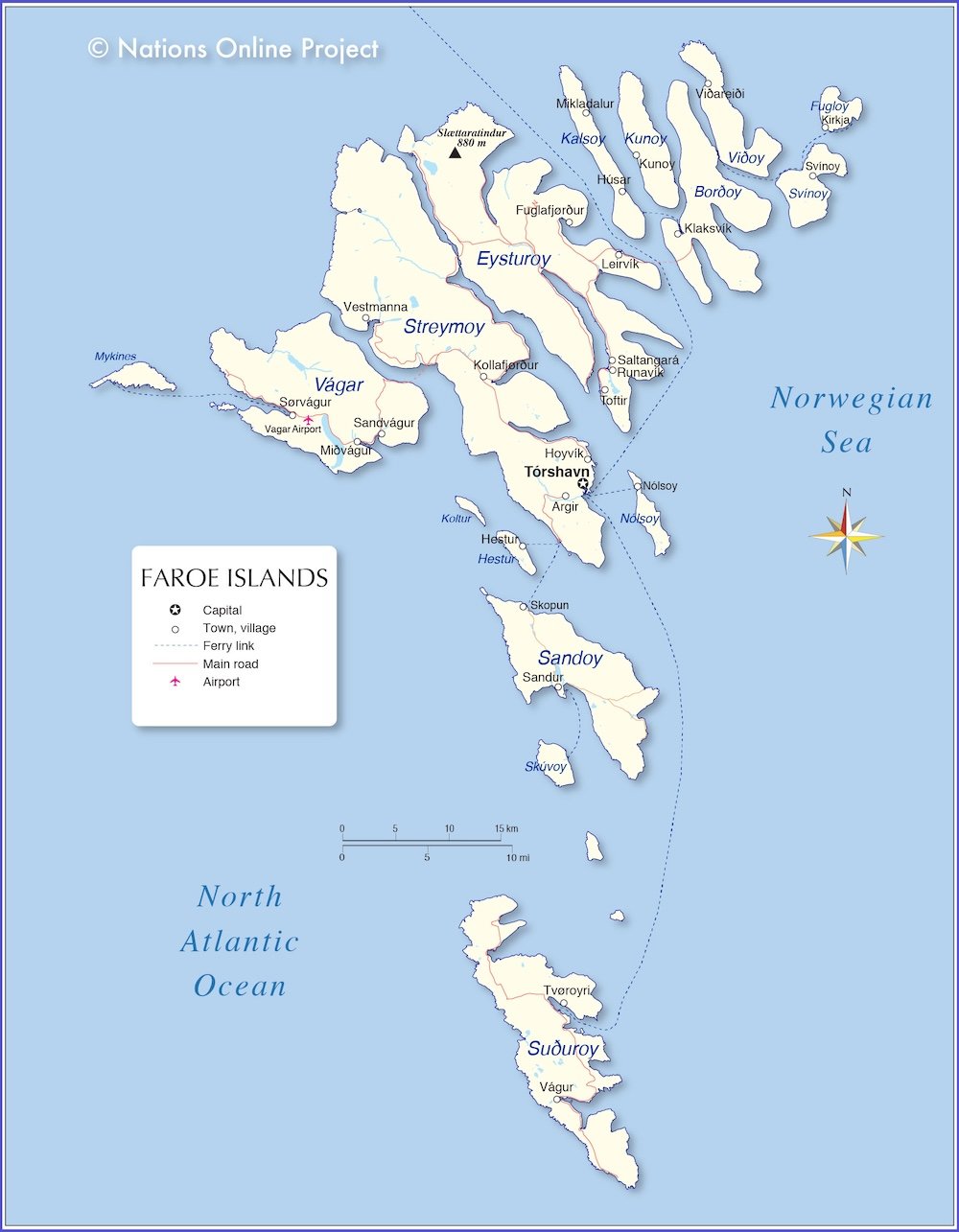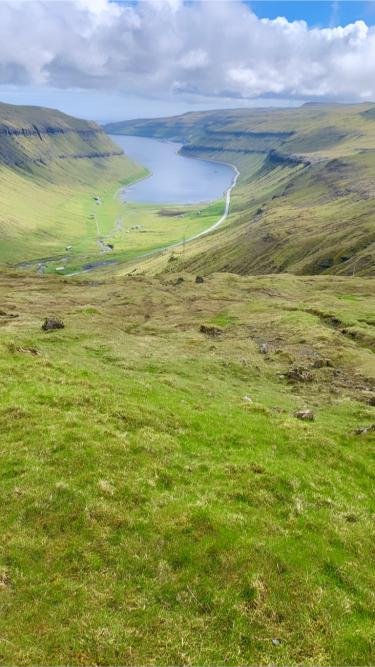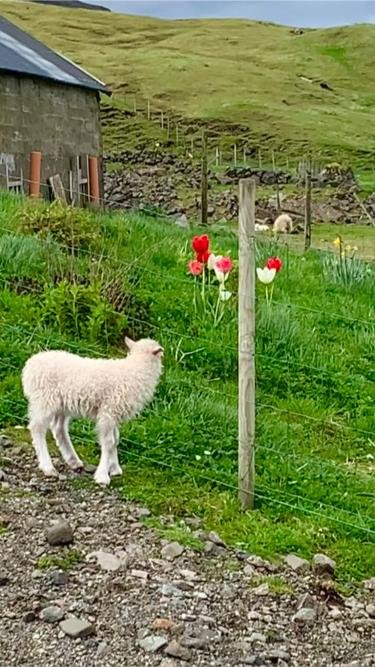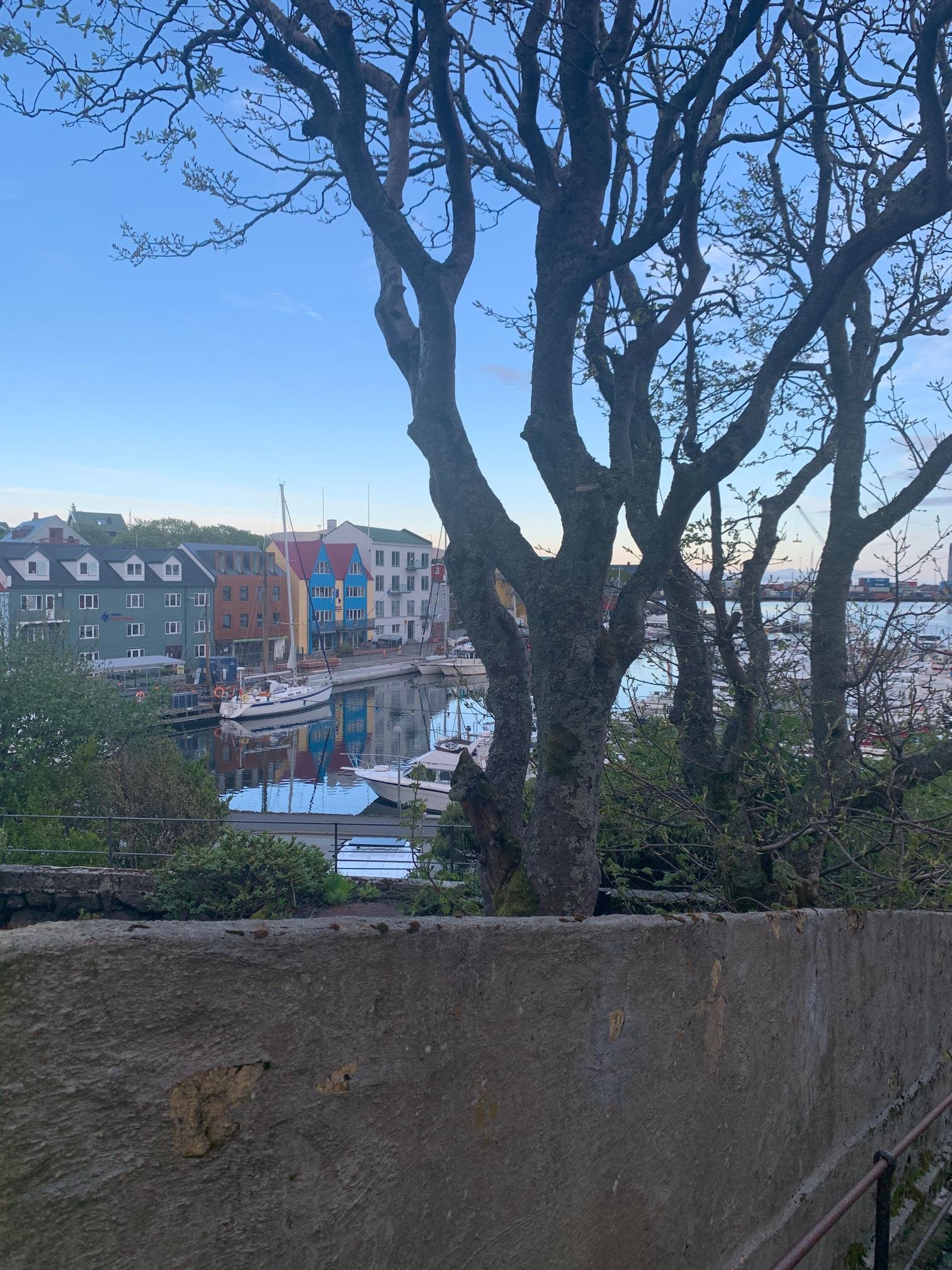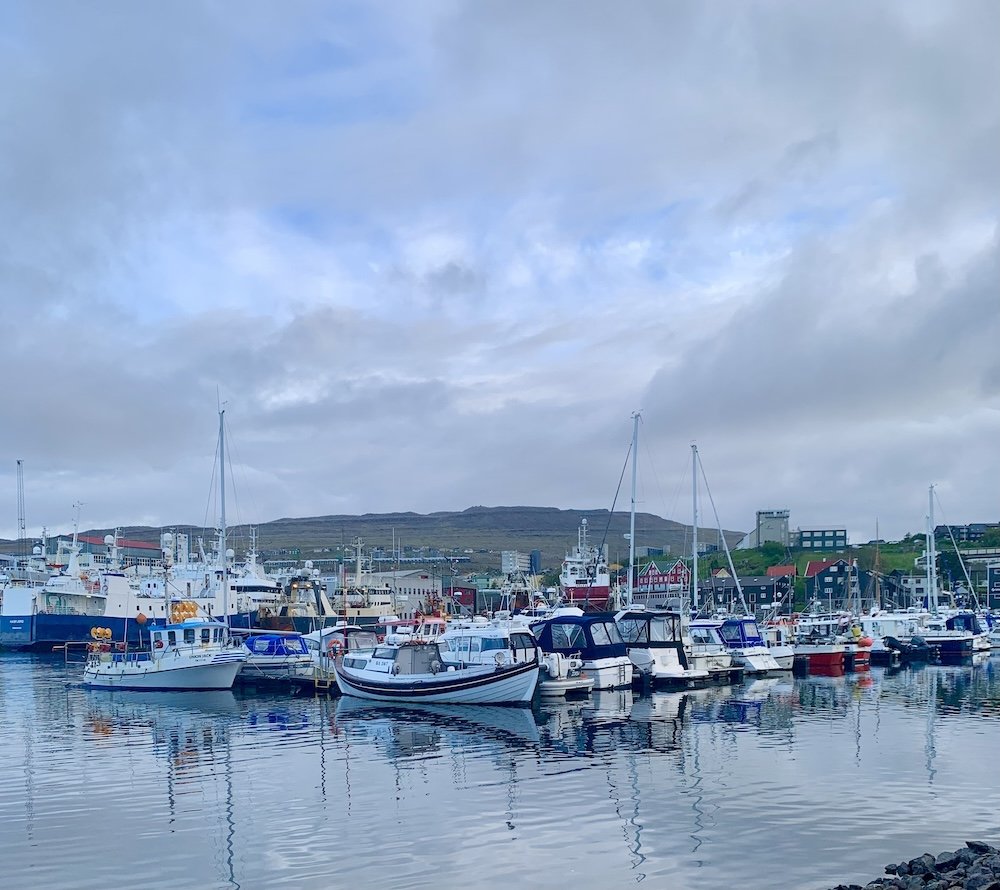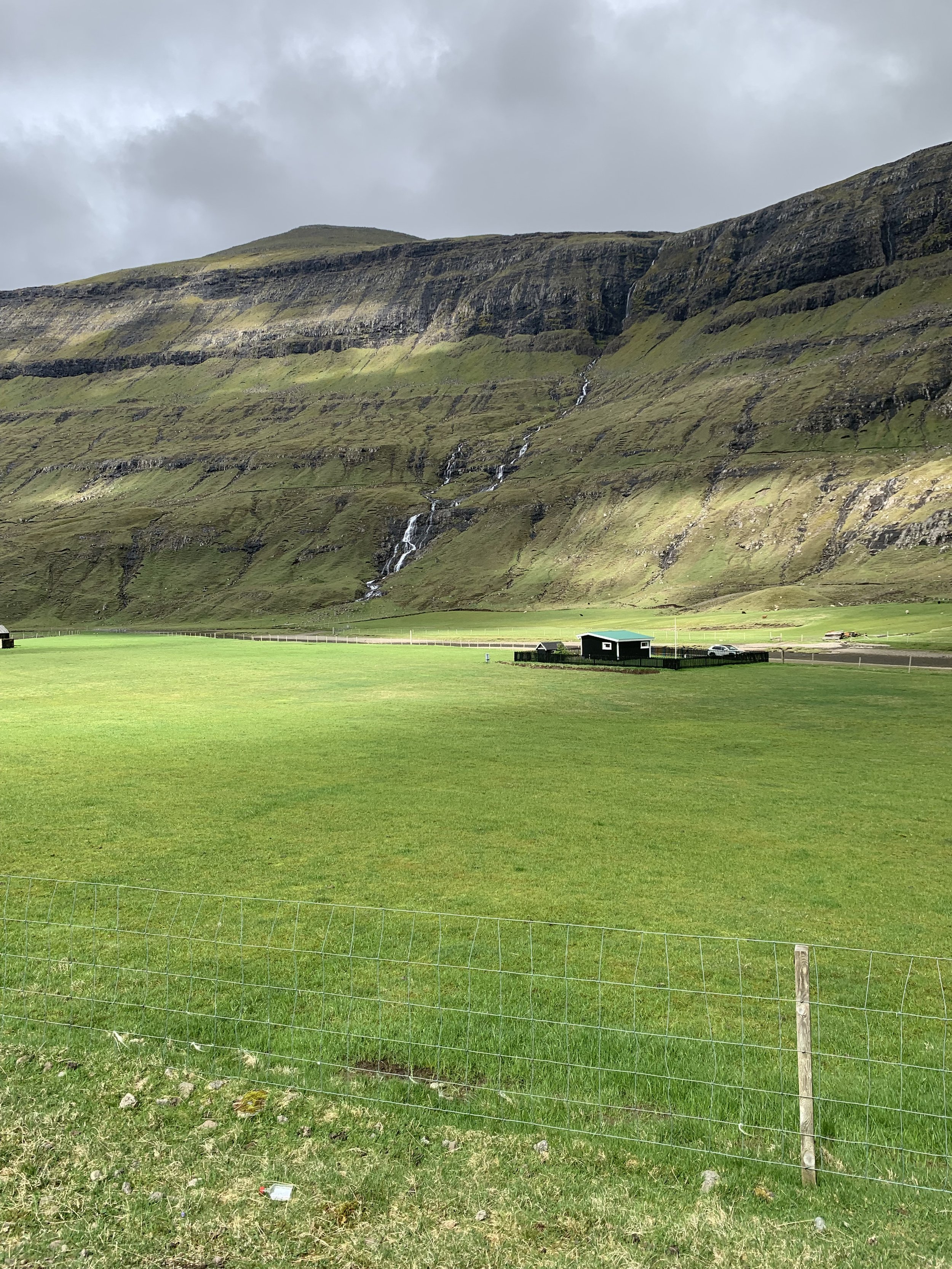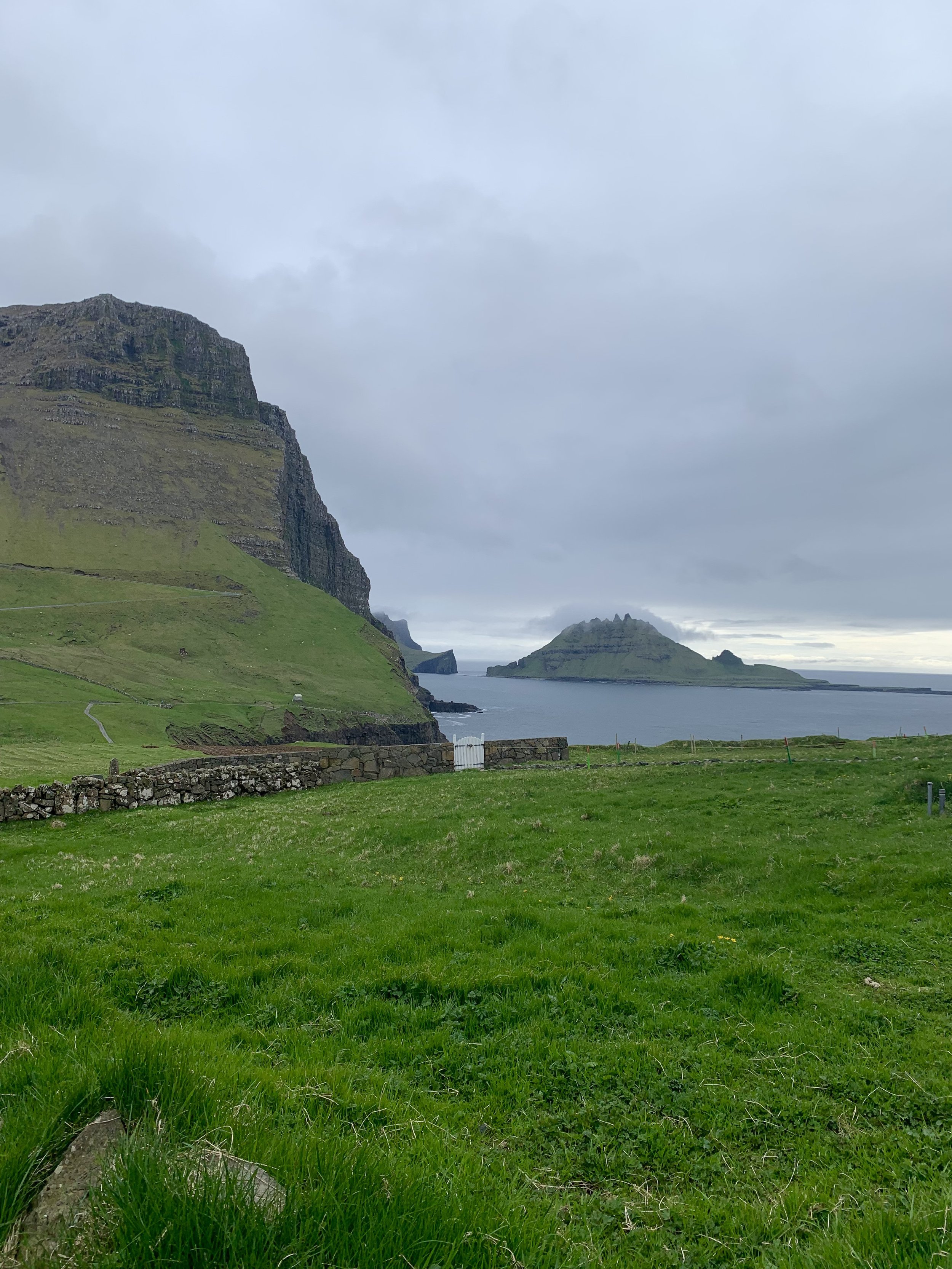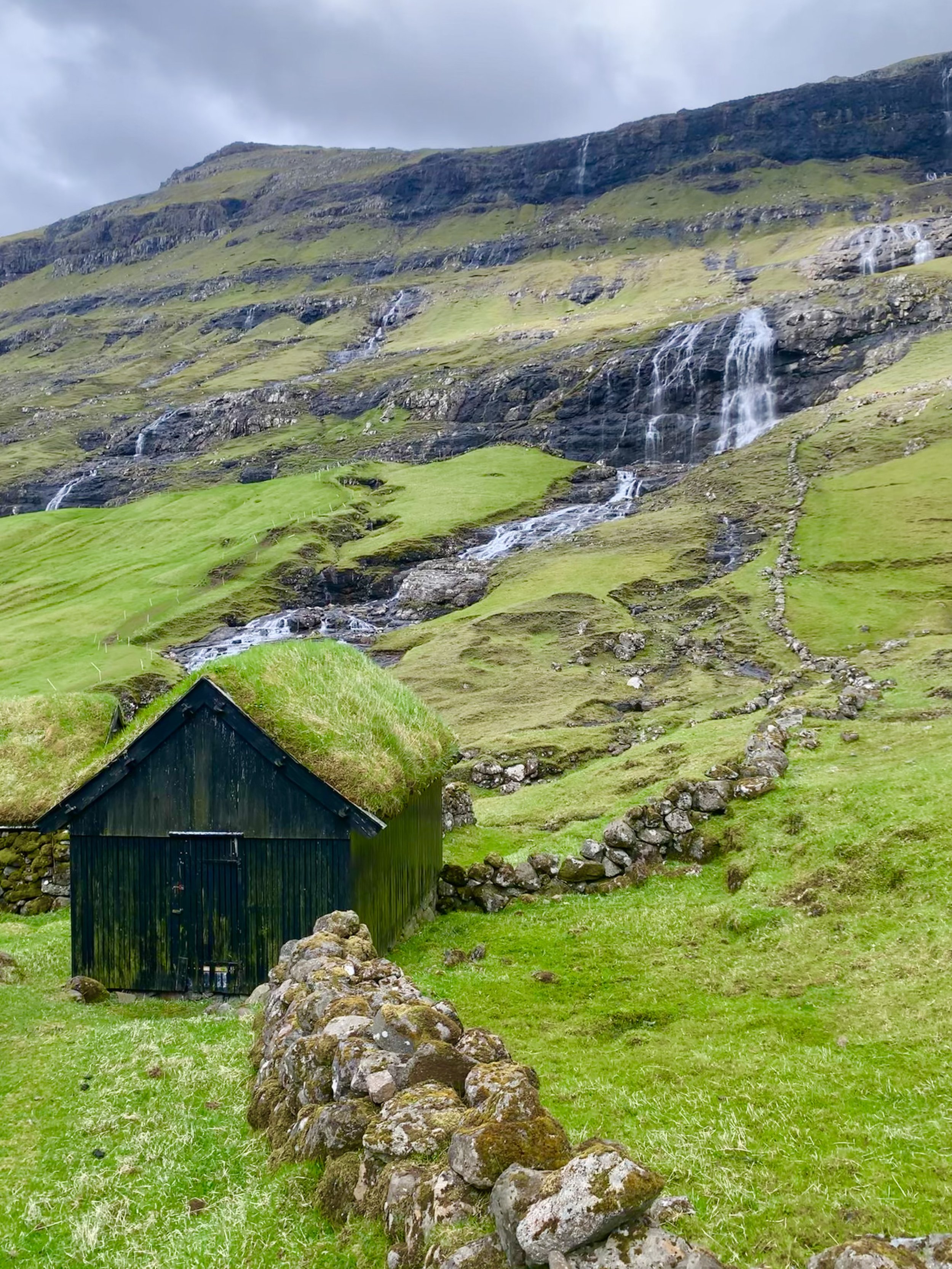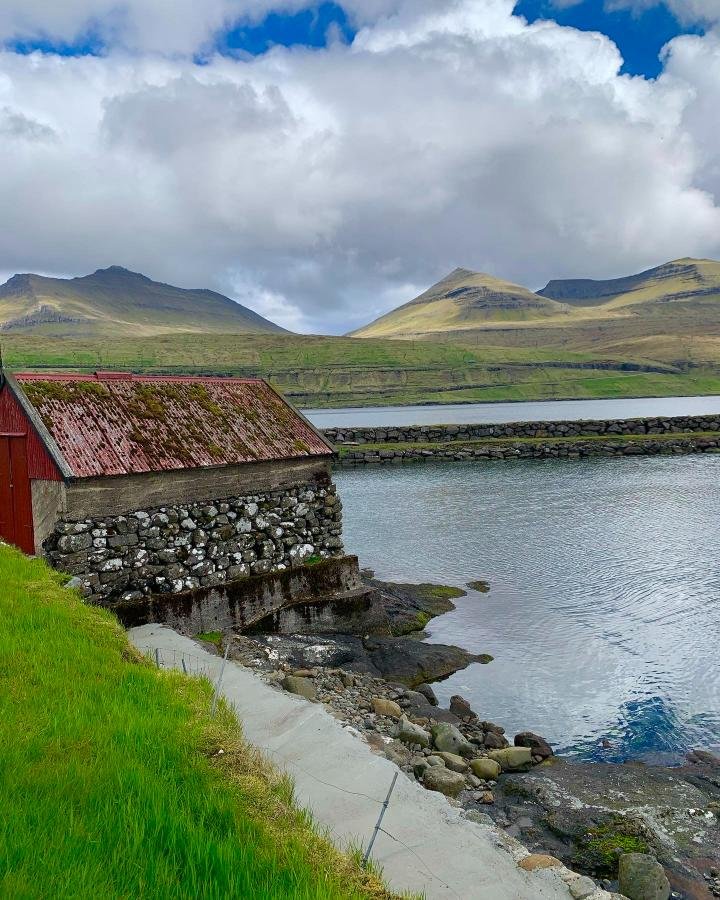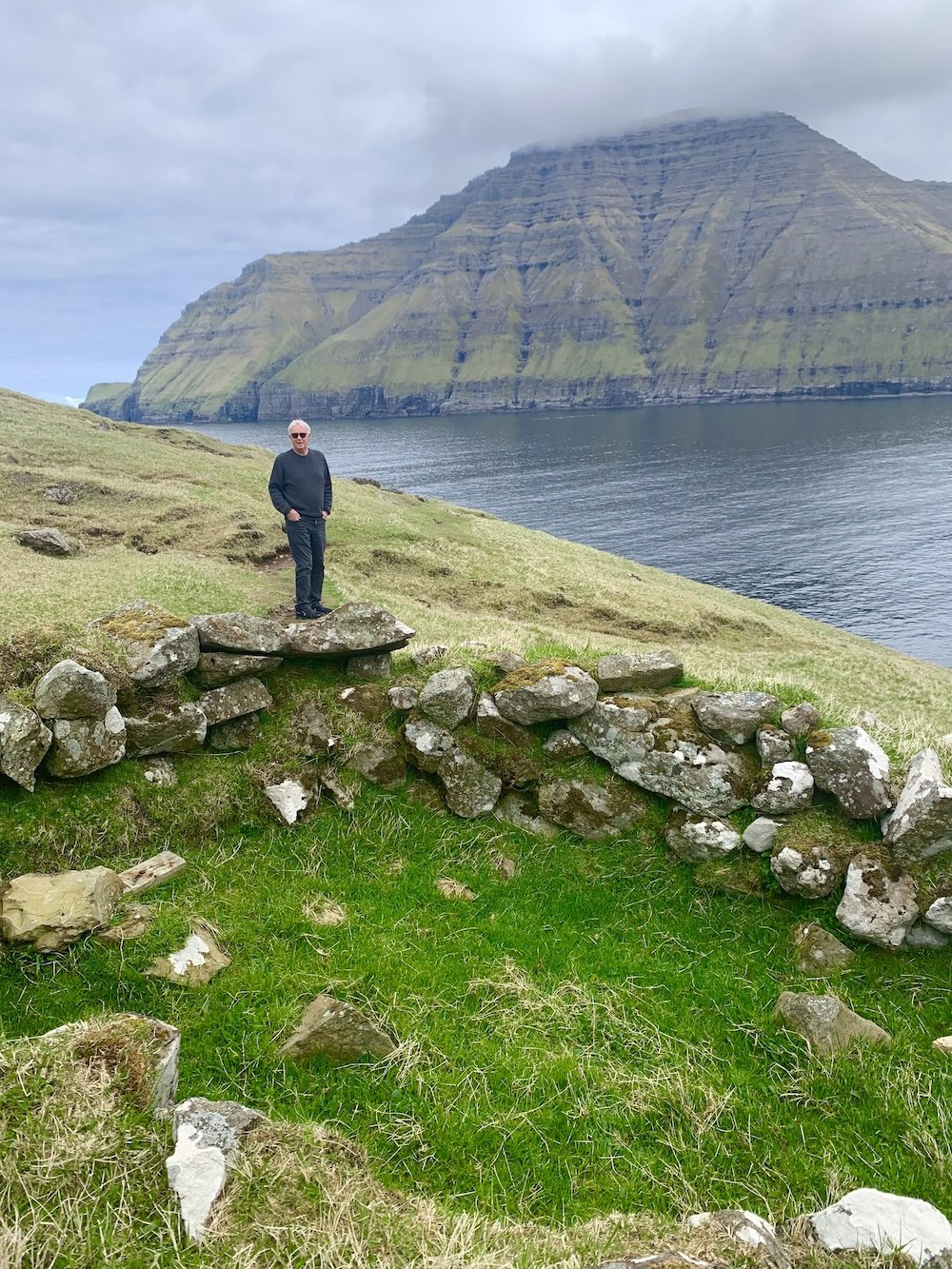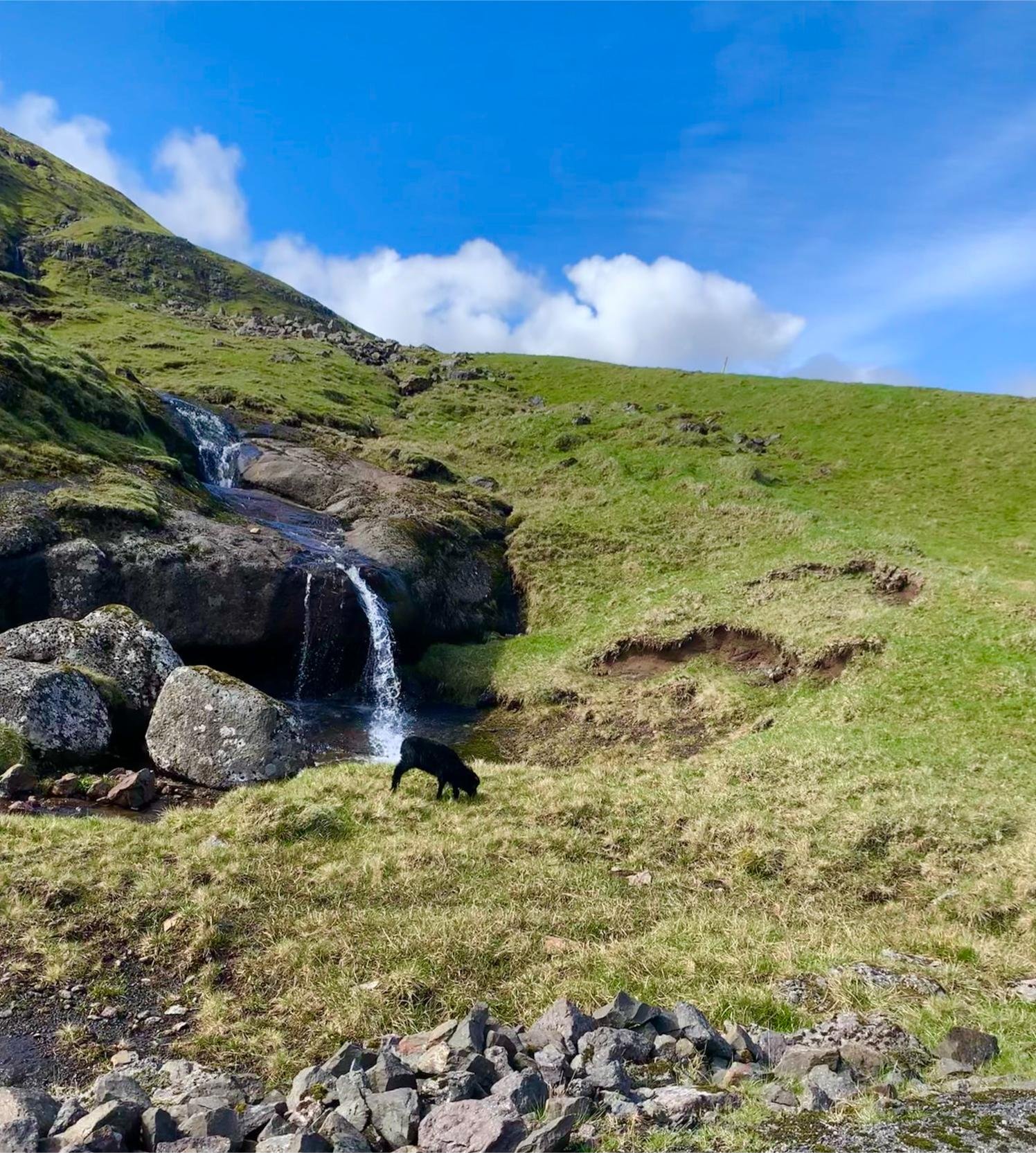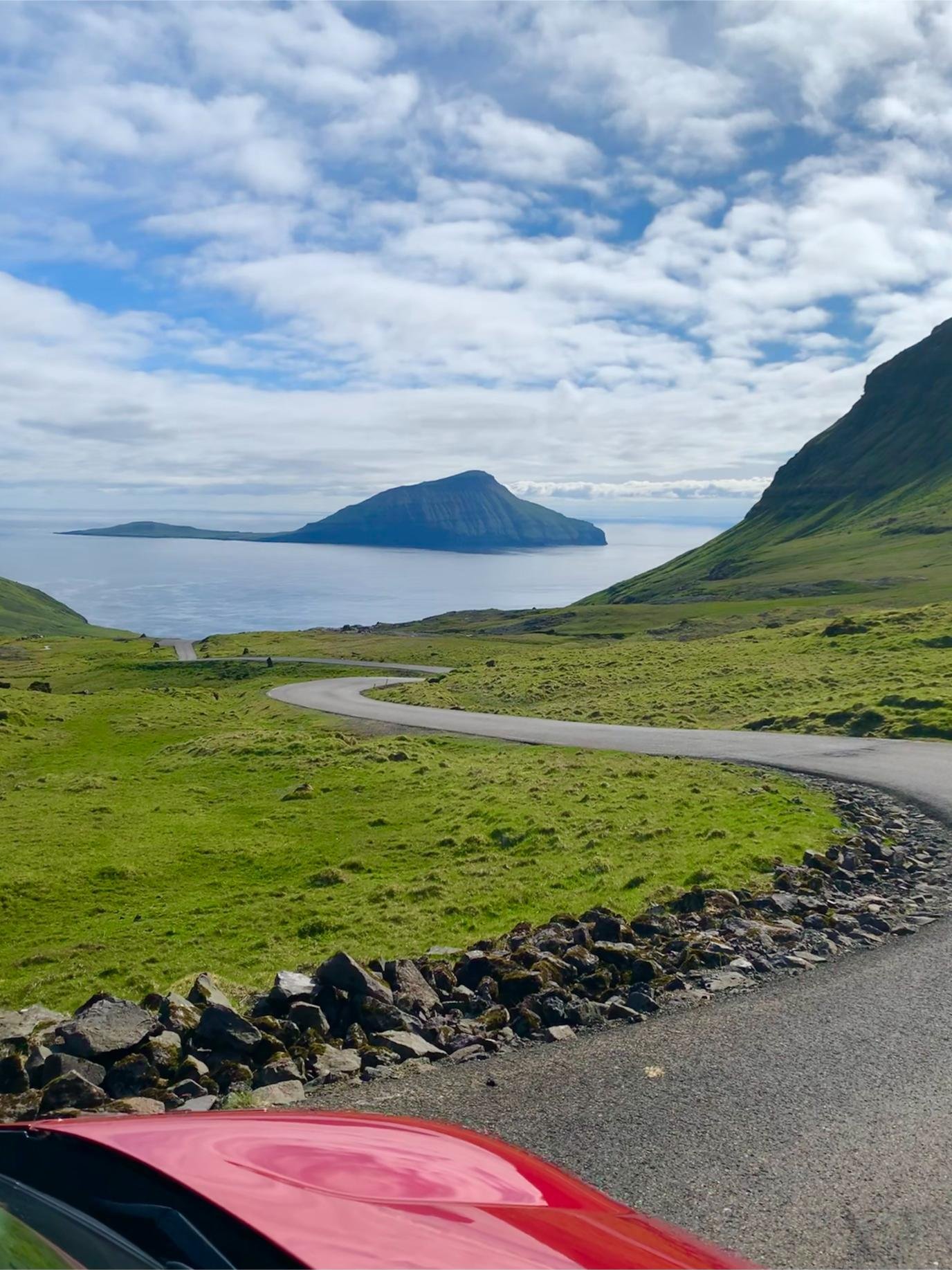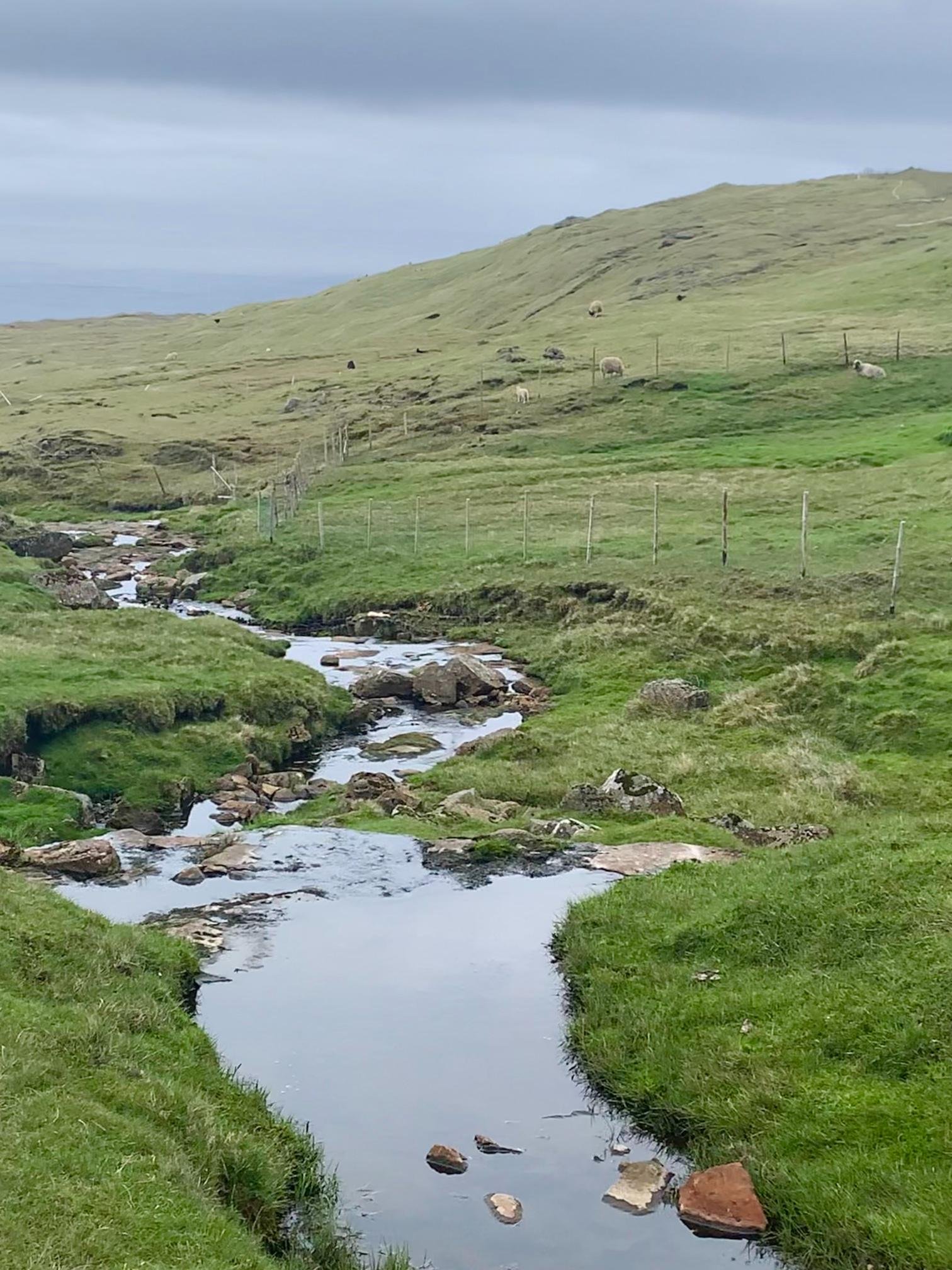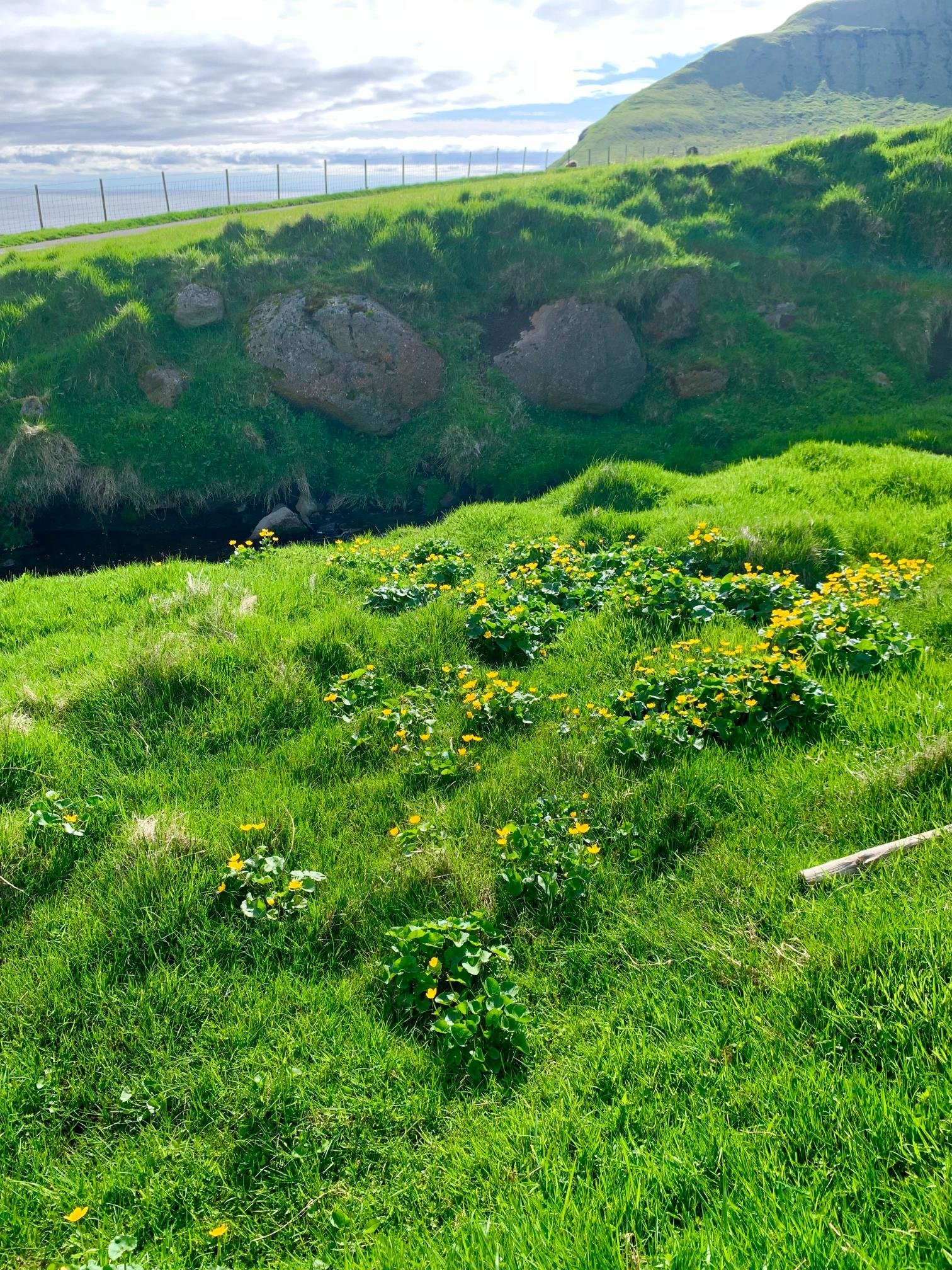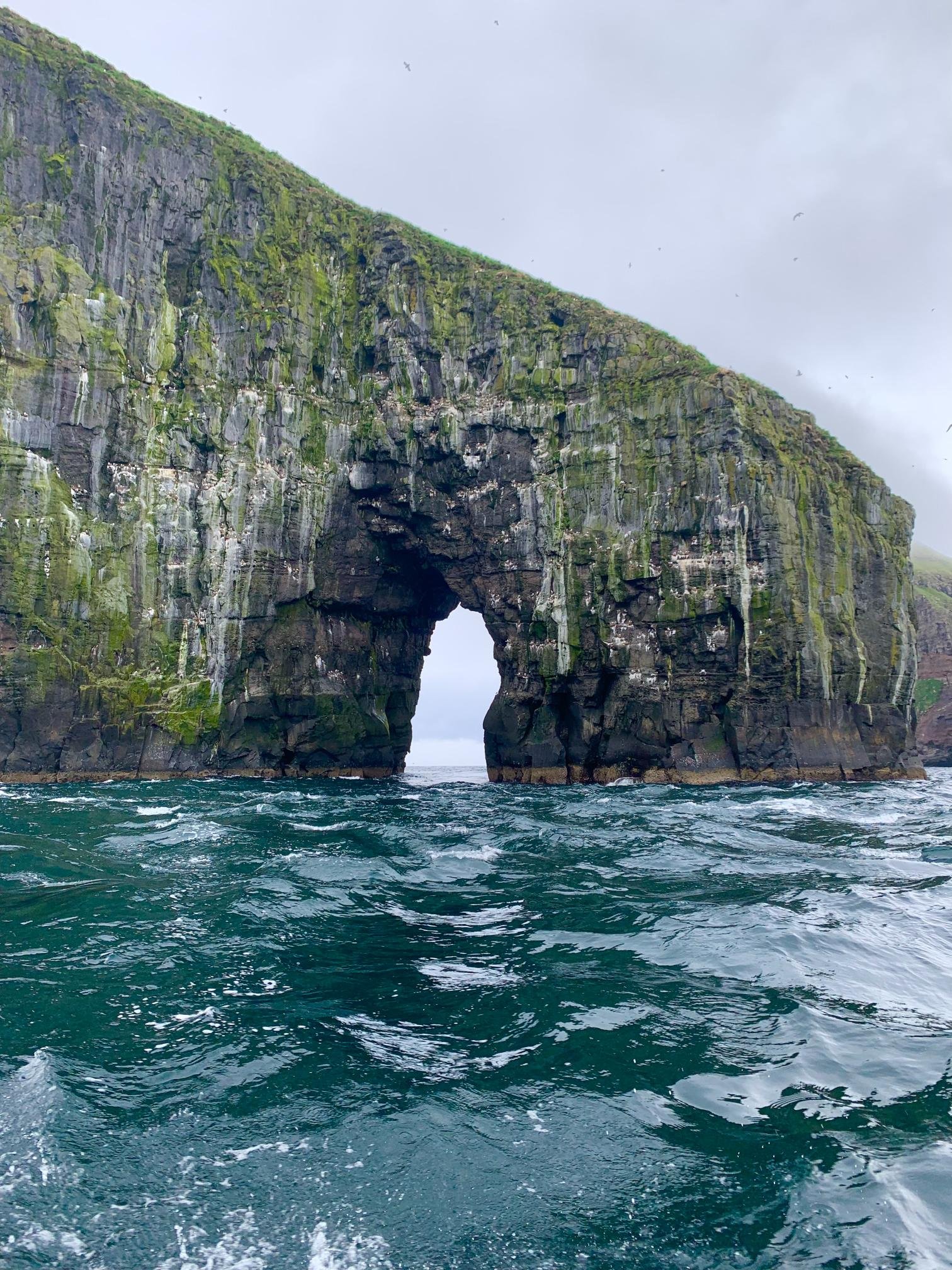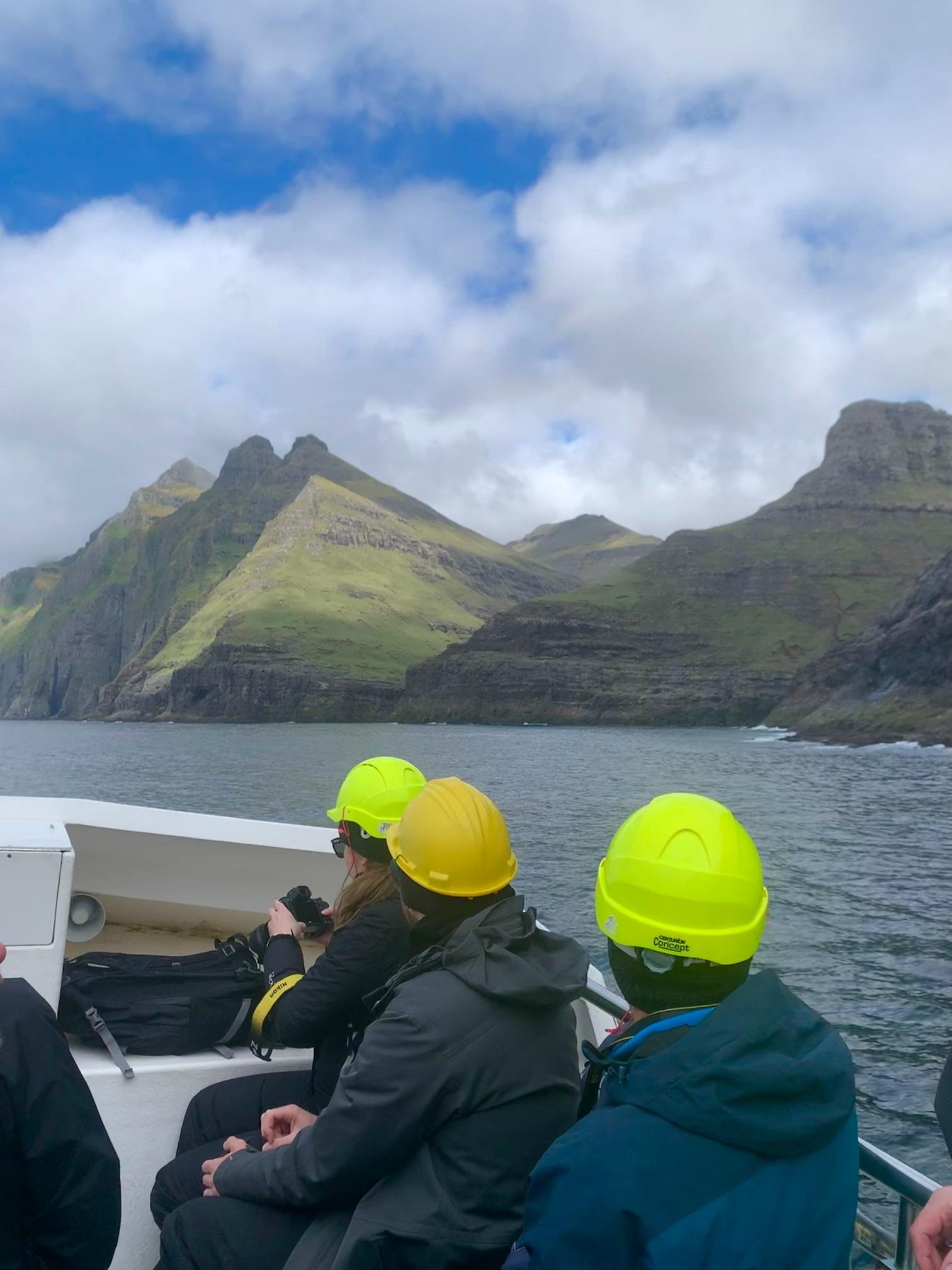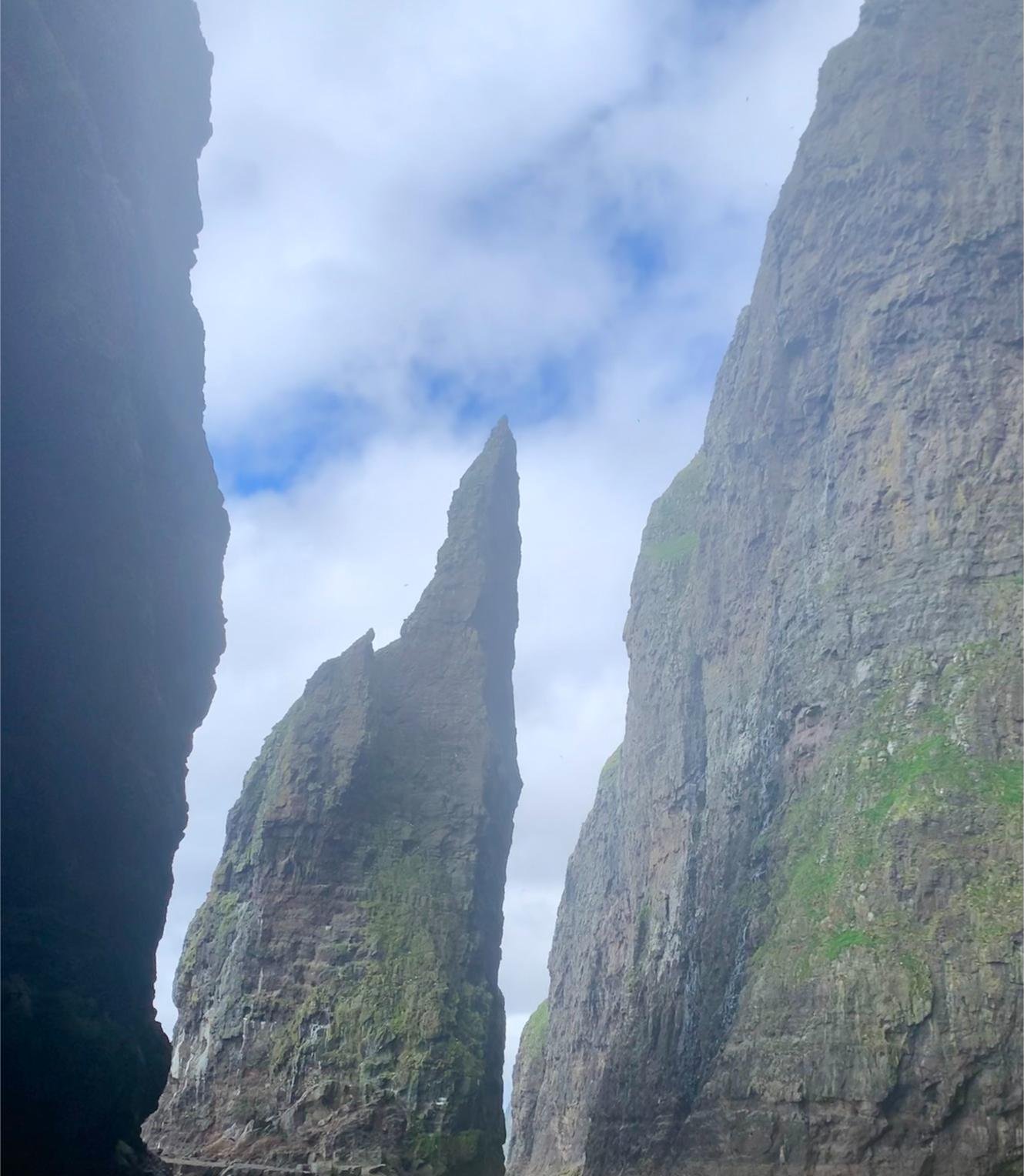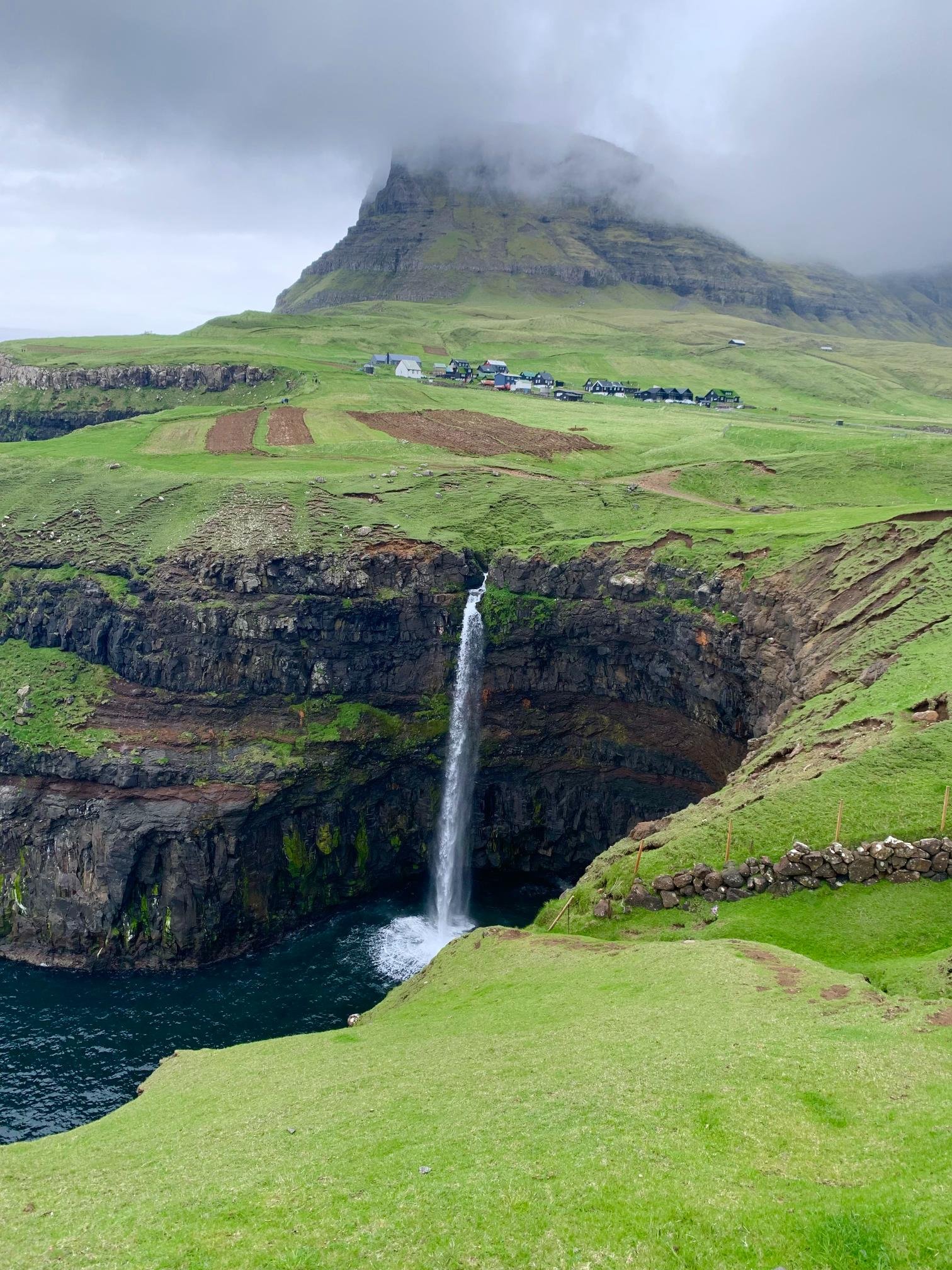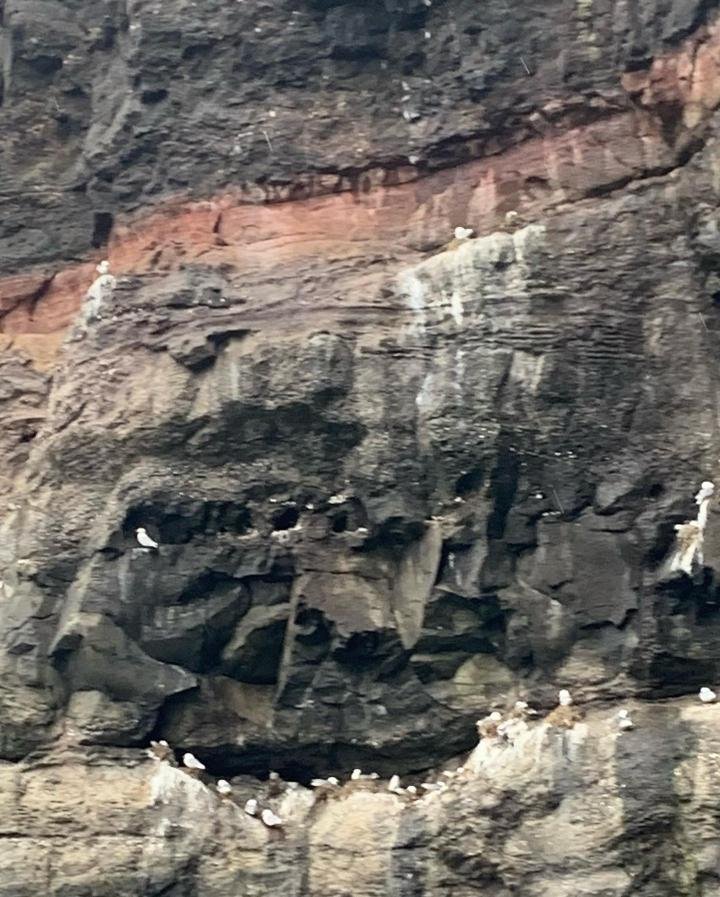Faroe Islands: An Overlooked Destination
*Note: As mentioned in the Norway piece, David wrote this (and the next one I will publish soon) after our return to Charlotte in May 2022, but, always the perfectionist, he was still revising these when he passed away suddenly 14 months later. So I’ve taken it upon myself to finish editing and publishing them here. — Allie
It started as an out-of-the-box idea, but we decided just before booking our trip to Copenhagen to return home via the North Atlantic. Our first stop was the Faroe Islands — an unusual destination for most travelers, but having seen the TV show “Trom,” we could not have been more drawn to these spectacular, remote, and often-overlooked islands. And this visit also made for an unusual route home.
Eighteen islands make up the archipelago that is the Faroes. It is technically a part of Denmark but pretends to be an independent country with its own currency (sort of) and its own national airline (really!) There is a distinct Faroese language. About 50,000 souls call the Faroes home, and there are nearly two sheep for each human. In fact, the name Faroes means “land of sheep.” More than half of the population (and thankfully very few sheep) lives in the capital Tórshavn, a quaint, quiet town with a smattering of restaurants, bars, and boutiques.
Despite being much more easily accessible than we had anticipated, only about 100,000 tourists make their way here each year. That is a minuscule fraction of the number who visit neighboring Iceland. The Faroes’ airport in Vágar can be reached by direct flights from many European cities, including Paris, Copenhagen, Oslo, Bergen, and Edinburgh. I recommend renting a car to explore the islands. The driving is easy and safe, and around almost every bend is a breathtaking view!
Our overwhelming first impression of the Faroes was “It’s so green!” Greener even than Ireland. The greenest place ever. The islands are mountainous and rocky. Verdant land and blue-green sea. That’s the backdrop for all of the Faroes. It’s gloriously beautiful.
We stayed in an interesting hotel situated on a hill overlooking Tórshavn. The Hotel Føroyar was modern, comfortable, and architecturally fascinating. It is built into the side of a hill so that each level is tiered and has a roof covered in grass. This type of building with what are called “turf-roofs” is common throughout the country. Sheep grazed outside our windows and up on the roofs.
Each day we were there, we drove off after breakfast to explore another part of the country. Gjógv, one of our favorites, is about 50 miles from Tórshavn and is the northernmost village of Eysturoy Island. It’s perched on a lush cliff above a narrow gorge, offering stunning views of the foamy Atlantic below. There are stairs descending all the way down the gorge to the rocky beach, but we chose to admire it from above. While wandering the dirt paths among the handful of buildings, most of which had turf roofs, we discovered a cozy café, simply named Café. There we had a simple but delicious lunch of fresh shrimp on cod, brown bread, and potato salad.
For the next two days, we continued to explore the islands of the Faroes, sometimes taking ferries, many times taking the undersea tunnels that connect the islands of Vágar, Streymoy, Hestur, Mykines, Sandoy. Every mile we drove from village to village offered views of verdant rolling hills dotted with grazing sheep. Quaint cottages often covered in grassy roofs. Foamy brooks meandering through green meadows filled with wildflowers. Dramatic vistas of the sea, adjacent islands, and majestic waterfalls from the road-hugging sheer cliffs. Villages with exotic names like Muli, Borðoy, Gásadalur, Gøtugjógv.
We spent each day driving in another direction, stopping frequently to take in the blue sky and kelly-green mountains, to walk the quiet rocky streets of quaint fishing towns with weather-beaten boats resting on the dark sand at low tide, to pick gobs of sheep wool from wire and wood fences running along the road, to marvel at the psychedelic neon lights of underwater tunnels. These seem like small things as I am describing them here but have made huge memories for us.
Getting around the Faroe Islands is easier than it sounds. The transport system here is impressive. The largest islands are connected by bridges and undersea tunnels. There is even a junction where three tunnels connect under the ocean, forming the only undersea roundabout in the world. Tolls are collected automatically and billed via your rental car company. The other islands are accessible via ferries. There is even a helicopter network used by locals that has low, subsidized fares, but with schedules deliberately set to exclude tourists.
Seeing the Faroes from different boat excursions is a must, we discovered. On the trip to see the Drangarnir Sea Stacks, dramatic rock formations jutting from the roiling sea, we also got an up-close view of the Múlafossur waterfall that cannot be seen from land. Touring the cliffs and caves of Vestmanna allowed us to see the famous puffins and other sea birds that nest in the Faroes. These tours were reasonably priced and well organized. The guides provided specialized outerwear if you were ill-prepared for ocean spray, chilly temps, wind, and other weather-related issues and were very knowledgeable of bird, animal, and sea life, as well as the geology, geography, and history of the Faroes.
Tourism and sheep, together with all land-based agriculture, contribute significantly to the Faroes’ economy. The primary industry, however, remains the traditional one: fishing. The largest export product of the islands is salmon, more specifically, farmed salmon. Farmed fish has a bad name in the US, but these salmon are raised in large wire-fenced rings in the bays between the islands of the remote waters — cold and pristine — of the North Sea and the Atlantic. Each bay may house more than a million salmon. Faroe Islands Salmon has even become a brand, and restaurants around the world, including the US, mention it on their menus.
There is much more to Faroe cuisine than simply seafood. The country even has a Michelin-starred restaurant, KOKS. Unluckily for us, the restaurant was on hiatus during our visit and is still closed for remodeling. The chef and crew had decamped to Greenland, that much larger Danish territory, where they are operating a pop-up during the break. Luckily for us, KOKS is not the only fine restaurant in the Faroes. A yacht captain friend recommended we try Áarstova in Tórshavn, and it was a great tip. The historic building near the docks was rustic and charming, and the dinner, which featured the best lamb I’ve ever eaten, was outstanding. The lamb was a shoulder that had been slow-roasted overnight. It had the texture and appearance of the pork shoulders so common in barbeque restaurants back home.
We were completely enchanted by the Faroes. So much so that we’re thinking about adding some nearby destinations. Another crime drama Shetland, like the Danish series Trom, is beckoning us to the stark, dramatic Scottish landscape.

